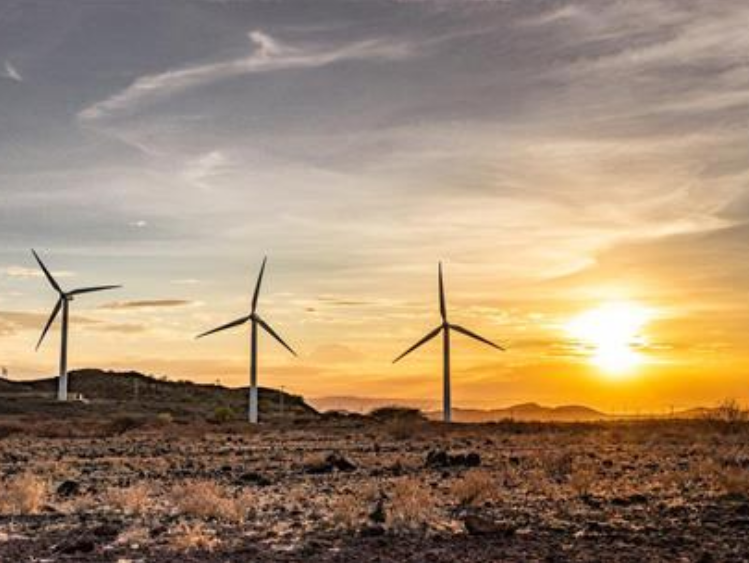The International Energy Agency (IEA) expects Africa's wind power fleet to increase nine-fold between the end of 2018 and 2040, but the continent's small power markets and underdeveloped grids pose challenges to managing variability as renewables' penetration increases.
 At 310MW, the Lake Turkana project in Kenya is Africa's largest wind farm
At 310MW, the Lake Turkana project in Kenya is Africa's largest wind farm
Africa has already increased its wind power capacity from 1GW in 2010 to 5.5GW at the end of last year, the IEA stated.
By 2040, 53GW is due to be installed across the continent, according to governments’ stated policies.
Wind can be cost-competitive with other energy sources in areas with good resources, the IEA added, with the most promising sites being located near coasts, mountain ranges and other natural channels in the north and east of the continent.
The Agency highlighted Algeria, Egypt (which already has 1.3GW installed), Somalia, South Africa (2GW) and Sudan, as among the countries with the highest wind energy potential.
However, there are other, non-cost-related challenges to overcome, to realise wind power and renewables’ potential.
Throughout the continent, small power markets and unreliable grids will make it difficult to manage variability, the IEA warned, particularly as renewables’ share of Africa’s electricity generation increases from 19% at the end of 2018 to 46% by 2040 under governments’ stated policies.
This scenario included a six-fold increase in renewables capacity to 299GW by 2040, while coal capacity remains stable at 48GW and oil falls from 43GW to 36GW.
However, renewables deployment and share of the continent’s generation could be greater under an accelerated scenario based on Agenda 2063, African leaders’ strategic framework for industrial and economic development.
With faster economic development and achieving universal electricity access by 2030, renewables capacity would increase 12-fold, reaching 579GW by 2040, and accounting for 56% of electricity generation.
Wind power would grow 17-fold to 94GW in this scenario, with notable growth in Ethiopia, Kenya, Senegal and South Africa, and account for 10% of Africa’s total electricity generation.
To reach these targets, a more reliable power system would need to be built and transmission and distribution assets improved with a focus on reducing power outages.
The lowest cost option for this achieving full electricity access would be extending and strengthening the grid for 45% of people in Africa, deploying mini-grids for 30% and creating stand-along power systems for about 25%, the IEA added.
Opportunities
Despite the challenges Africa faces in scaling up its energy system, the IEA suggested it could have advantages in being the first continent to develop its economy through modern energy sources, including renewables, energy efficiency and natural gas.
It could also benefit from its rich reserves of natural resources needed for clean energy sources.
IEA director Fatih Birol said that Africa could leverage its deep reserves of cobalt — "a vital element in batteries" — and platinum, which is used in hydrogen fuel cells, as it builds out a clean energy system.
"Africa has a unique opportunity to pursue a much less carbon-intensive development path than many other parts of the world," Birol added.
"To achieve this, it has to take advantage of the huge potential that solar, wind, hydropower, natural gas and energy efficiency offer."